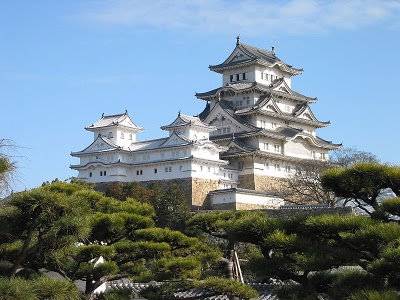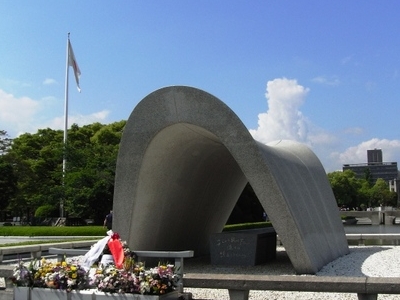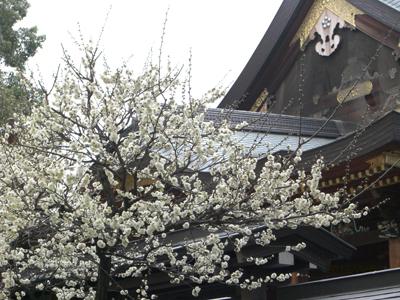Himeji Castle
Hiroshima Peace Memorial Park
On August 6, 1945, Hiroshima was the first city in the world to feel the full wrath of a nuclear bomb attack, killing somewhere between 90 000 and 160 000 people in a single day. The once busy square of the city where the bomb impacted was completely flattened. On the field left behind by the explosion, a park was created, in memory of the direct and indirect victims of the bomb, and the horrible effects it had. The park is dedicated to promote world peace, Every August 6, a Peace Memorial Ceremony is held in the park. The park is open all year round, and also has a number of other permanent memorials. Close to the center of the park is a cenotaph with the name of all the people killed by the bomb with a common epitaph 'please rest in peace, for [we/they] shall not repeat the error'. In a grass-covered knoll, known as Atomic Bomb Memorial Mound, the ashes of 70 000 unidentified victims are contained. Apart from all the monuments there are also some museums in the park, dedicated to educate visitors about the bomb and remember and mourn the victims.
Hiroshima Peace Memorial Museum WebSite
Yushima Tenmangu
The shrine of Yushima Tenmangu is located in the ward of Bunkio, next to the University of Tokyo. It was built in 458 AD to worship Ameno-tajikaraono-mikoto, the kami of strength and sports. It was expanded in 1355 AD to include the kami Tenjin, the kami of learning. Both kamis are enshrined, but it is probably best known for the latter. It has an extensive grove of plum trees, that blossoms in February or early March. As the plum trees bloom the festival Ume Matsuri is held every year. It is a spectacular sight and well worth visiting. During April students visit the shrine leaving emas, small wooden plates where they write their prayers, hopefully to pass their exams.


